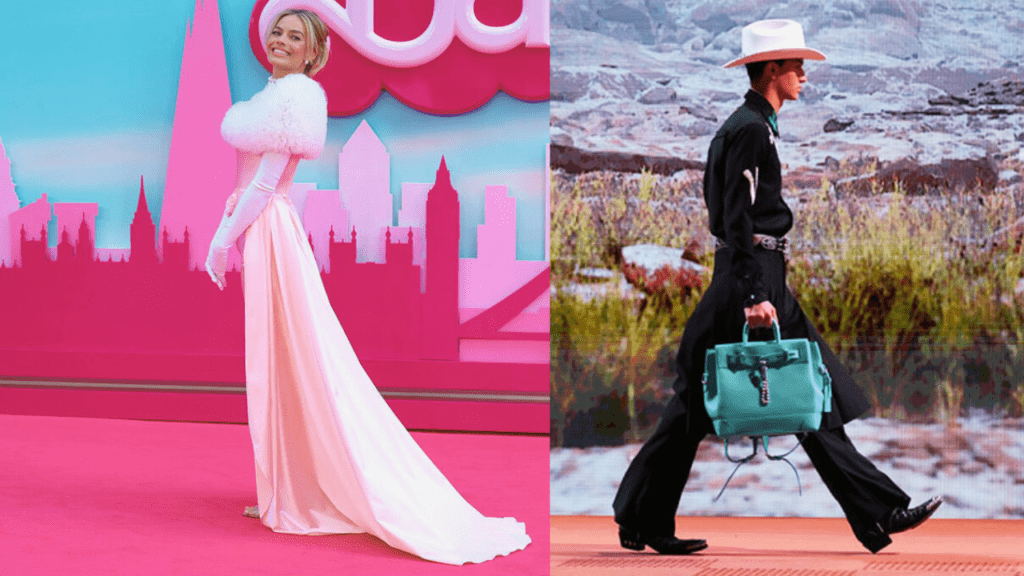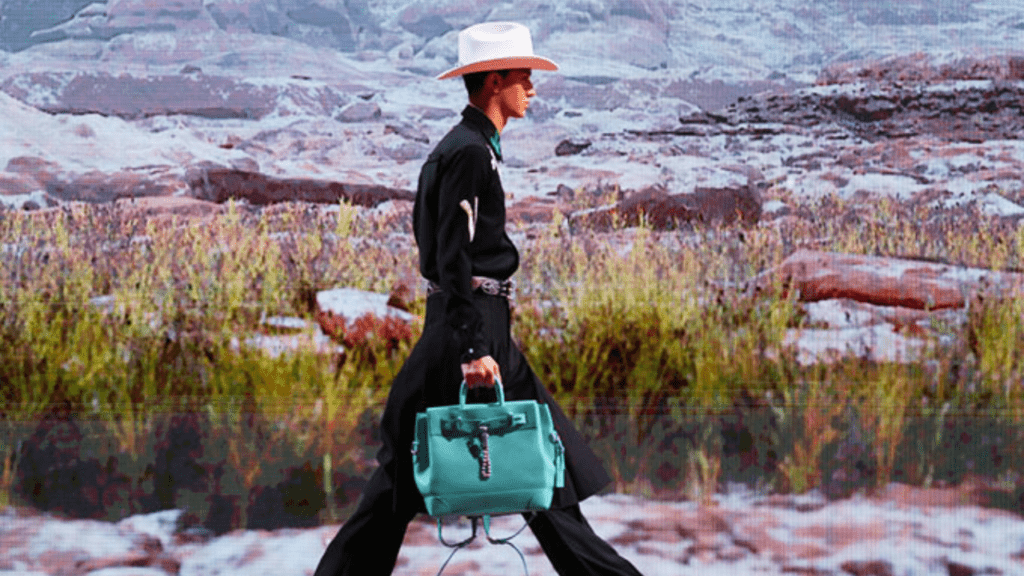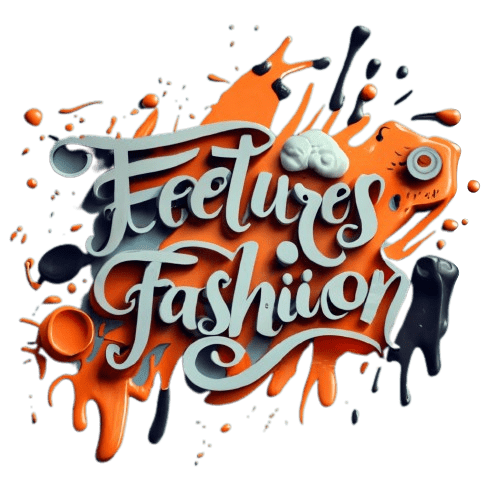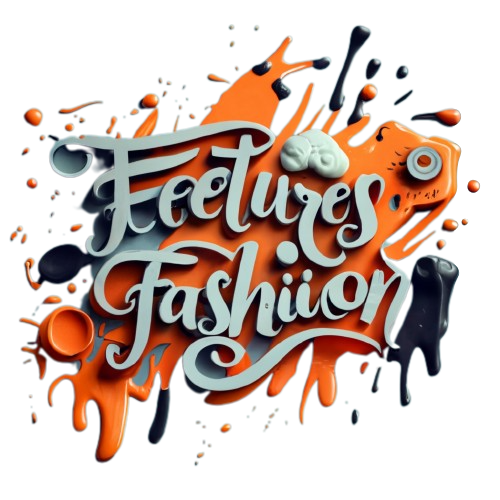This year holds great promise for Indian fashion, since it will be distinguished by steering clear of election campaigns and nationalistic jingoism in favour of vibrant colours and imaginative concepts.

A few minor worries about how the artistic and creative sectors might react surfaced earlier this week when a large portion of the country cried out and turned orange in response to the Ram Mandir’s dedication ceremony in Ayodhya. in style. Really? Of all things, fashion?ponders a voice in one’s head. The voice of the sociologist, who may not always consider Indian fashion to be a meaningful creative enterprise capable of documenting its reaction to socio-cultural events, is a caustic resonance. It is understandable why the majority of fashion reactions to political movements—whether they support or contradict popular messaging—remain mainly unreported, if not completely ignored, outside of fashion forums.
However, colour is an essential component of style. The hues we select or avoid using each year or season is influenced by fashion. Its trickle-down and trickle-up effects produce a unique coding that expresses the national mood. In the same way that the tone of a show and a whole collection are determined by its intentions.
Colour is essential to design and fashion.
Put another way, political messaging that depends on mass influence strategies has the potential to surpass creative disruption and pushback this year, not simply large expanses of orange. It usually occurs. The usage of social media by fashion figures and platforms during the year of general elections will be closely watched, as it is one of the most effective weapons for conversion and campaigning.

Ultimately, political parties will spend millions of rupees on advertising and campaigning, luring not only social media influencers for their fan base but also traditional media, corporate and advertising stakeholders, groupies, and cultural artists with the promise of using cash and power for promotional purposes.
In a 2022 paper published in Commonwealth & Comparative Politics, Simona Vittorini writes, “Politics has become more spectacular, resulting in changes in the ways in which the popular vote is won and popular sentiments are mobilised. This is due to the decline of ideologies, the erosion of old markers of political affiliation, and the rise of post-modern, post-ideological mediated forms of mobilisation and participation.” The subject of Vittorini’s thesis is Indian Prime Minister Narendra Modi’s use of fashion symbols for the “performance of ordinariness, difference, and extra-ordinariness.” Modi is a semiotician.
However, the writer intends to go beyond simply warning against the cult of personality or political party. Perhaps the Orange Alert is a metaphor for the times we live in. The bigger argument is to protect Indian fashion’s independence as a creative force, even though the prime minister of India is undoubtedly a powerful stylistic impact for many reasons, such as his love of and comfort with stylish attire and his legitimacy as an influencer on fashion’s inventions. from any political influence on hue, fashion, or contagious jingoism.
While this is by no means an equal parallel, let us not forget how Barbiemania quickly transcended the film’s plot and direction to become its own pink cult. Given that it was about a doll, it was inevitable that it would stain clothing or fashion. However, we discovered the power of overselling as it expanded from wallpaper to baked goods, cakes, cars, and packaging materials for a variety of goods, some of which had no connection to the life or era of the plastic doll. TikTok and tiptop became the go-to apps for things Barbie and in its colour.

Margot Robbie at a 'Barbie' premiere in 2023.
Advertisements now ask customers to participate in the conversation rather than browbeat or threaten them. They understand that anyone may spread their message using traditional media, social media, or brand alliances. “In The New York Times, Natasha Degen writes that it’s the ultimate soft sell.” Professor Degen of the Fashion Institute of Technology (FIT) makes remarks about the persuasive force of advertising driving clicks, views, and interaction on websites and platforms. She makes reference to Barbie’s reaction to Saltburn and Louis Vuitton’s response to Pharrell Williams.
About Features Fashion
Follow us for similar information, We will give you even better information related to clothes and fashion. We will give you some special information about fashion. Hope you will like our given information. like, kids mentioned in this article. feature fashion will give you daily updates. Follow featuresfashion.com for more information



I offer mutually beneficial cooperation https://zetds.seychellesyoga.com/info
Cool website. There is a suggestion https://zetds.seychellesyoga.com/info
I really liked your site. Do you mind https://zetds.seychellesyoga.com/info
Here’s what I can offer for the near future https://zetds.seychellesyoga.com/info
You will definitely like it https://zetds.seychellesyoga.com/info
Great article! I appreciate the clear and insightful perspective you’ve shared. It’s fascinating to see how this topic is developing. For those interested in diving deeper, I found an excellent resource that expands on these ideas: check it out here. Looking forward to hearing others’ thoughts and continuing the discussion!